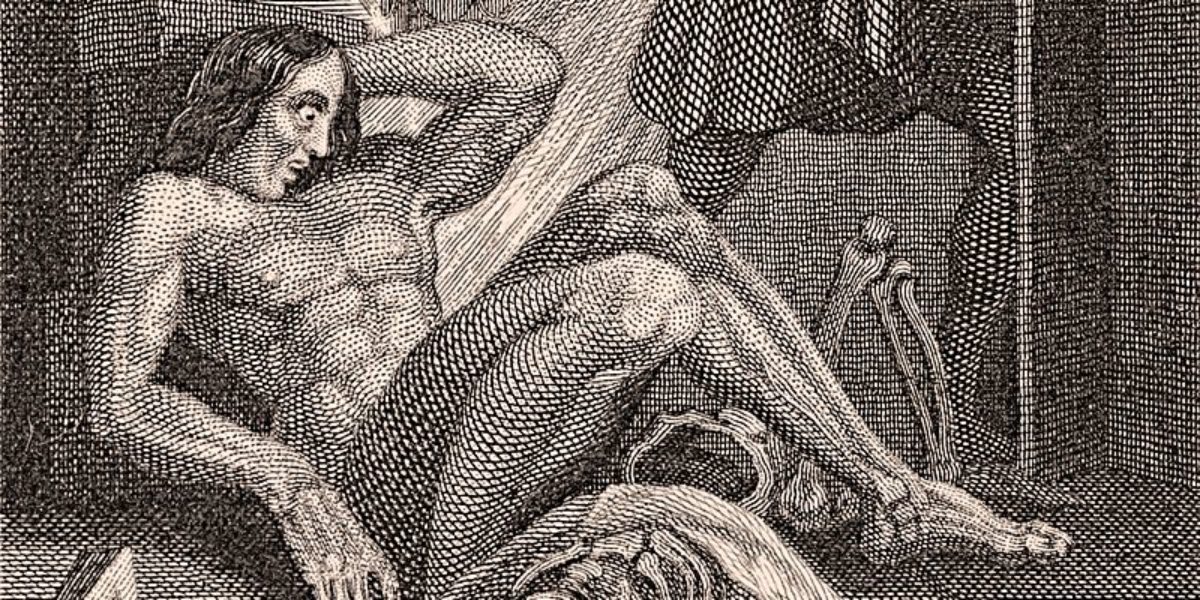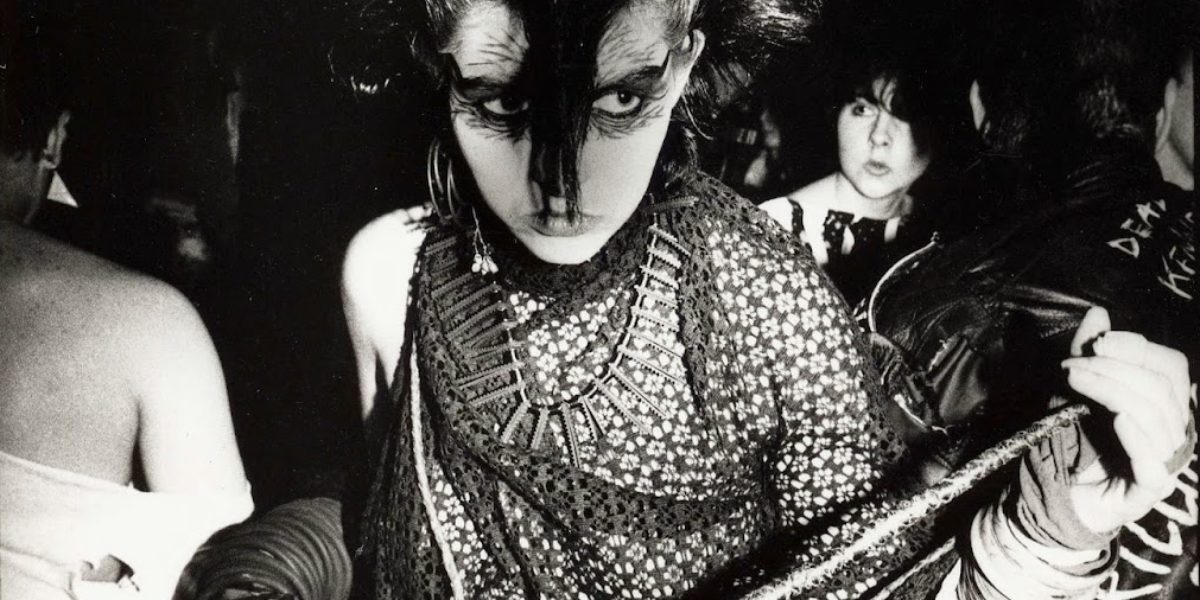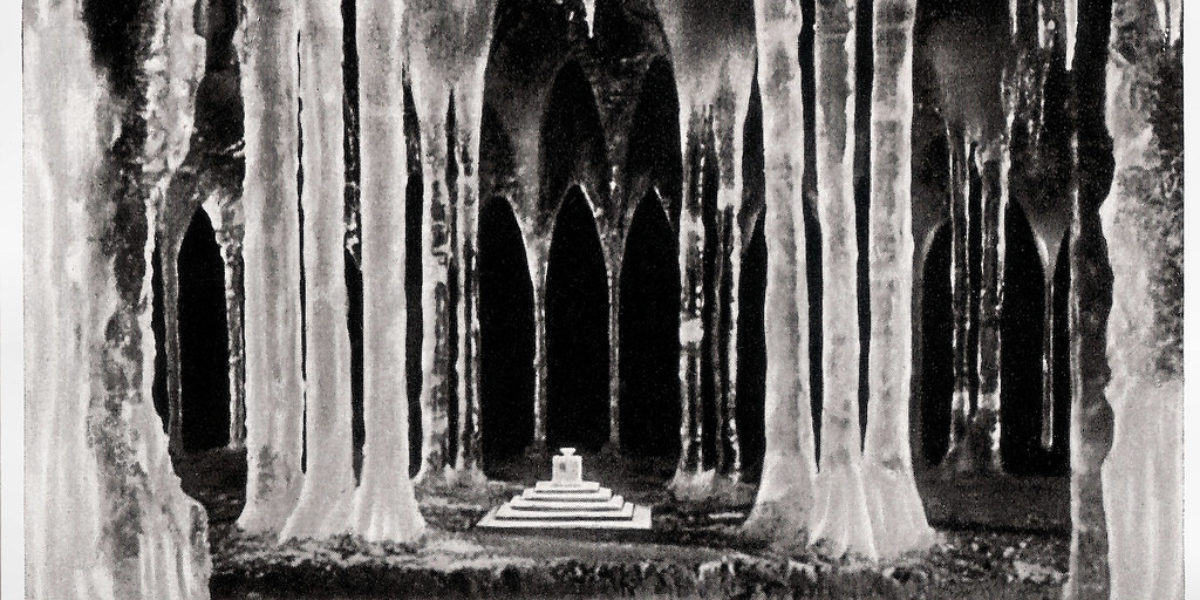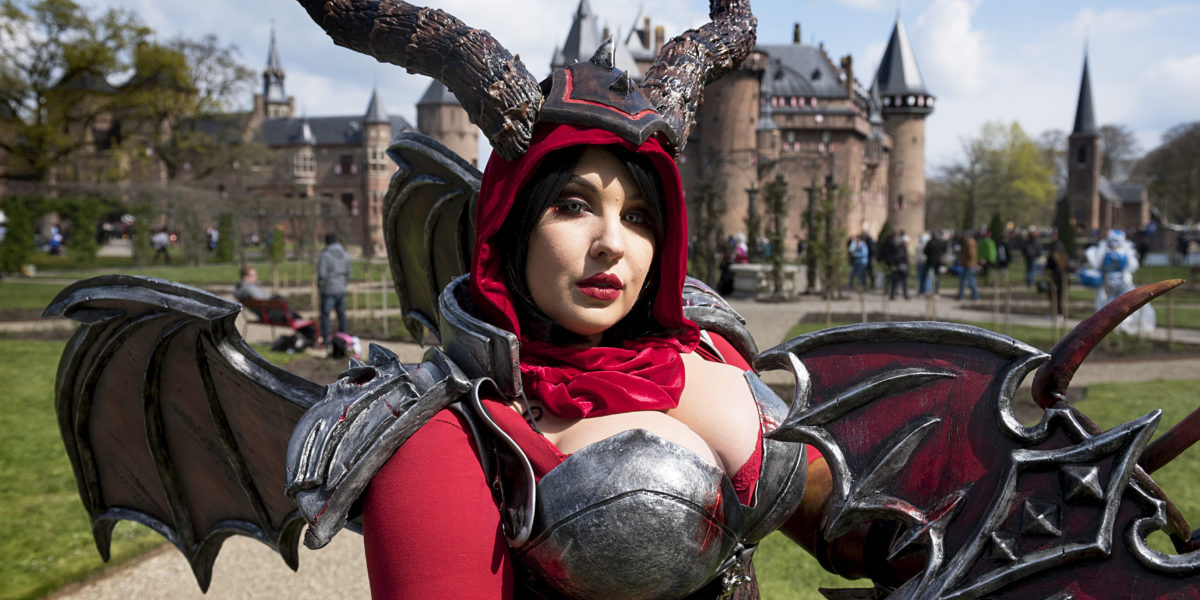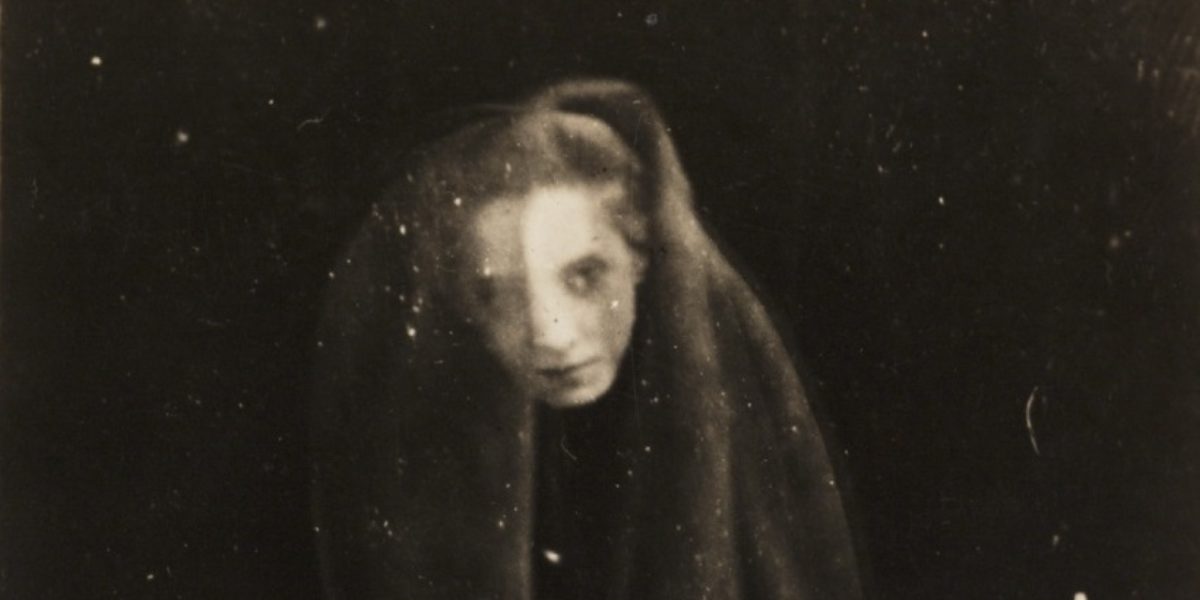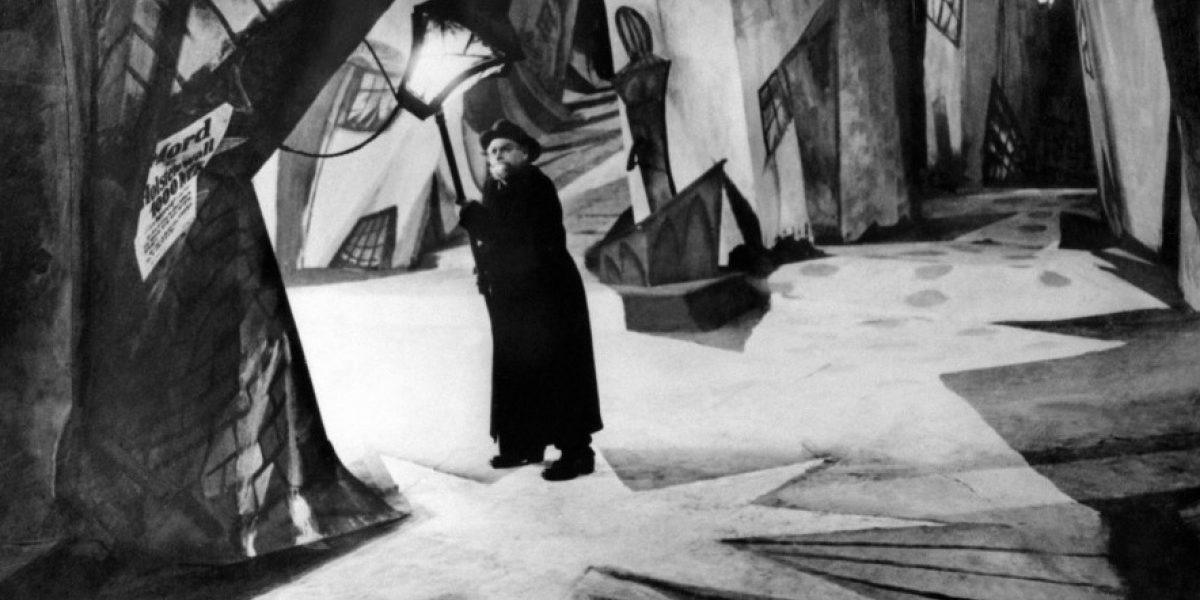Alternatieve stereotypes
While Goth is not bound to a single style or a particular form it does draw on familiar images and stereotypes, which can be combined in endlessly different ways. These can be literal objects, including symbols such as skulls, graveyards and bats. The surface suggests the depths below.
From the outset, however, Gothic literature has also had a great many different characters, the visualization of which can touch on certain sexist or racist stereotypes. The image of the woman in the black dress, for instance, evokes the femme fatale or hysterical witch who drives men to ruin. A white dress, meanwhile, can represent the innocent girl as defenceless victim who has returned to haunt the castle. The frequently male monster is a rampant beast or vile deceiver – an outsider or foreigner who has come to disrupt the natural order.

Onbekende fotograaf, “Theda Bara, publiciteitsfoto van de film Sin (regie Herbert Brenon)”, 1915. C/o Granger Historical Picture Archive / Alamy Stock Photo.
“Believe me, for every woman vampire there are ten men of the same type. Men who take everything from women – love, devotion, beauty, youth and give nothing in return! V stands for Vampire and it stands for Vengeance too. The vampire that I play is the vengeance of my sex upon its exploiters. You see, I have the face of a vampire, perhaps, but the heart of a feministe.” — Actress Theda Bara, 1915
At the same time, Goth’s subversive nature allows stereotypes to be interpreted in new and positive ways. Those who identify with outsiders can, after all, appropriate them for their own liberation. The demonic Lilith, for example, is transformed from a depraved woman into a symbol of female empowerment. The Goth subculture more than any other experiments with gender, sexuality and style and in doing so constantly finds fresh meanings for old stereotypes.
